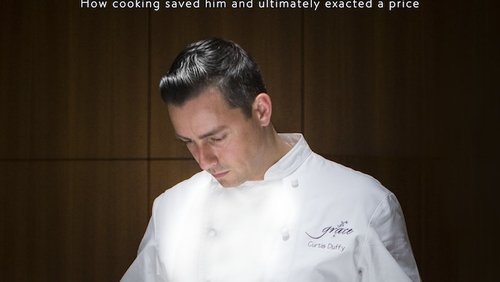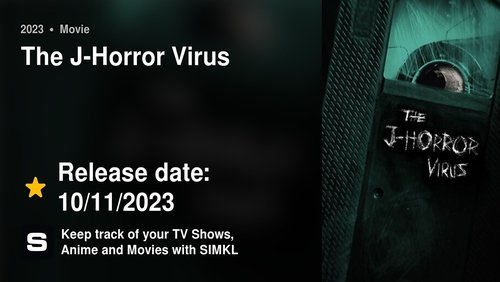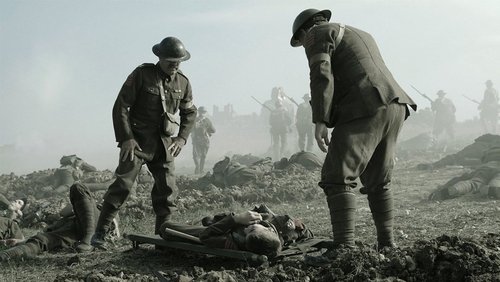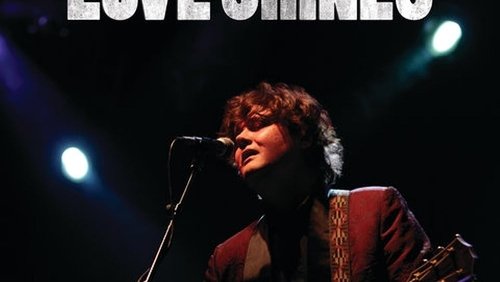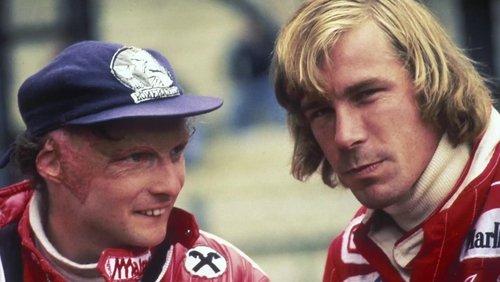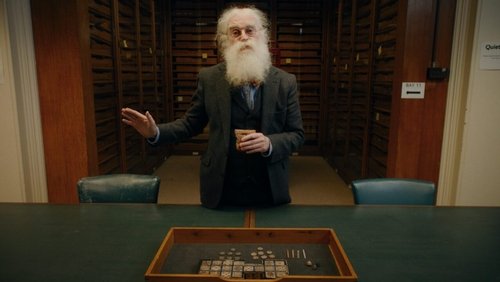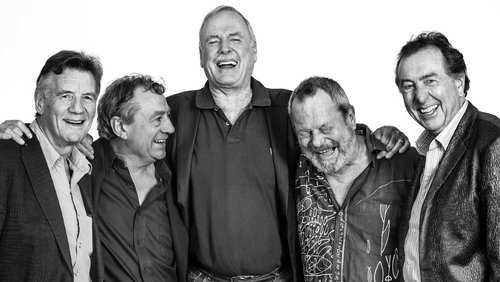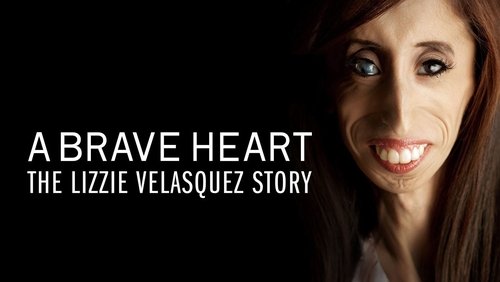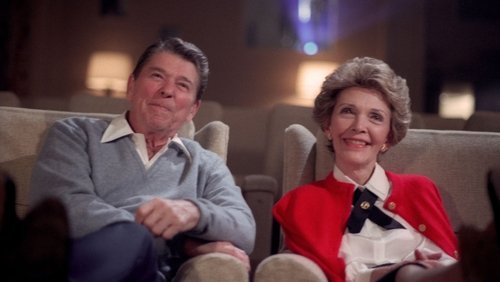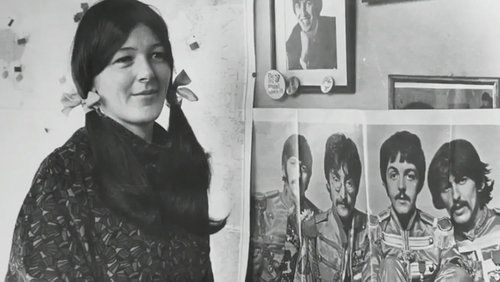Jazz an einem Sommerabend (1959)
57KJazz an einem Sommerabend: Directed by Bert Stern. With Louis Armstrong, Aram Avakian, Mahalia Jackson, Gerry Mulligan. The highlights of the 1958 Newport Jazz Festival.
“I think you can enjoy this film on a few levels.u003cbr/u003eu003cbr/u003eFirst, itu0026#39;s a great chronicle of mid-century music. Although nominally a jazz festival, producer George Wein put Berry, a rock u0026#39;n roll star, and Jackson, the leading gospel singer of her day, on the roster, probably to attract a larger crowd.u003cbr/u003eu003cbr/u003eThe images are superb. If youu0026#39;re over 50, you probably recall Bert Sternu0026#39;s photography. It was a pinnacle of mid-century advertising (the Smirnoff ad shot in the Egyptian desert with the pyramid, inverted, in a refreshingly cool vodka martini glass with a twist). It was his stills of Sue Lyons in Stanley Kubricku0026#39;s version of Lolita that everyone remembers. Almost everyone has seen his iconic nude photo shoot of Marilyn Monroe (u0026quot;The Last Sittingu0026quot;).u003cbr/u003eu003cbr/u003eHere you have the still photographeru0026#39;s sensibility brought to a documentary. You can see the same thing in Ken Burnsu0026#39; earlier works for the same reason. The tight shots of the performers using very long lenses (something that was not yet common in film but was emerging on TV at the time). The long, languid, at times voyeuristic shots of the audience. The Festival was taking place at the same time as the Americau0026#39;s Cup trials. Stern shot some of this from a Piper Cub (inexpensive to rent and almost as slow as a helicopter), and there are some long cutaways to this footage. At times, the images on the screen resemble the LP covers of the era the original u0026quot;Miles Aheadu0026quot; cover, for example, featuring the beautiful (white) model on a sailboat (which Davis despised).u003cbr/u003eu003cbr/u003eThe mono sound is surprisingly good given the circumstances, probably because the audio track was engineered and recorded by Columbia Records, which was there to record its artists. They used then-state-of-the-art studio microphones rather than the more durable lower quality ones youu0026#39;d typically see in a concert setting in those days. Yes, sound recording technology is better today.u003cbr/u003eu003cbr/u003eSecond, you can appreciate the back story of making the film. Today, people in their 20s and 30s making documentaries probably have no appreciation of how tough it was to pull off this project. Today, high definition video cameras and tape can be had for a tiny fraction of what film cameras, 35MM stock and processing cost in those days. Sound synchronization is a given. Today, for a fraction of the cost of a Moviola you can assemble your A and B rolls and soundtrack on a computer, without having to pay extras for optical effects or sound processing. You no longer have to assemble and keep track of miles of film and mag stripe audio reels, as well as handle the negative with loving care. Itu0026#39;s all there on your hard drive and you get unlimited do-overs. Aram Avakian, the editor (also a photographer and filmmaker), was at it night and day for months and months largely by himself. (Woodstock, by contrast, had a large team of editors and assistants.) Avakian, as much as Stern, is responsible for the film (the two share the directoru0026#39;s credit). Also, trying to sync up the images from all those different cameras with the soundtrack had to be challenging and Iu0026#39;m guessing it must have required a lot of work and inspired work-arounds to get it looking as good as it did.u003cbr/u003eu003cbr/u003eNot to mention just how audacious it was for Stern to put the money up for shooting it himself and how he managed to get a large number of professional cameramen to help out. Since he didnu0026#39;t have enough money to shoot (or even light) everything, Stern used George Avakian, a legendary producer at Columbia Records and Aramu0026#39;s brother, to cue the film crew to turn on the lights and start rolling when he thought a number would be worth shooting.u003cbr/u003eu003cbr/u003eAfter scouting the location, Stern was so unimpressed by the Festivalu0026#39;s cruddy venue (the local high school athletic field) he decided not to make the film, only to have his mind changed by the person sitting next to him on his flight back to New York. He originally planned to create a story line around the festival. Luckily, it proved impossible to film the hokey stuff they had written.u003cbr/u003eu003cbr/u003eThird, itu0026#39;s an authentic look at mid-century America. When I was growing up in the 60s, I used to look at back issues of Life magazines of the 30s and 40s. At first to u0026quot;goof onu0026quot; at the earnestness and corniness of the ads and the stories. But then to appreciate the nuances of living everyday life in the decades before I was born, which you could glean from leafing through those pages. u0026quot;Anonymous historyu0026quot; is infused in the film. The kid holding several empty soda bottles is probably there at the festival because sneaking into an event like this and picking up empties was an easy way to earn some money. In those days, the deposit you paid on bottles was much larger in real terms than today.u003cbr/u003eu003cbr/u003eShows like u0026quot;Mad Menu0026quot; do a decent enough job of picking up some of the atmospherics of this time (usually by showing people smoking cigarettes like madmen), but this is the real thing. The clothes, especially, but also in the gestures and the way people move. And then thereu0026#39;s the White/Negro thing in this film. There wasnu0026#39;t the kind of overt racism in Newport, Rhode Island that you would find in the south but there was definitely separateness. Remember, in 1958 Amos u0026#39;n Andy was still being shown on TV, and only white people were in TV ads. The two groups are integrated in the movie, but this wasnu0026#39;t typical. Stern was told that he probably couldnu0026#39;t distribute the movie in the south because of this.u003cbr/u003eu003cbr/u003eIn all, a real gem for anyone who loves jazz. A must-see for anyone who likes, makes or wants to make documentary films.”
